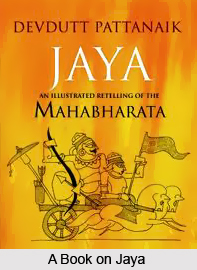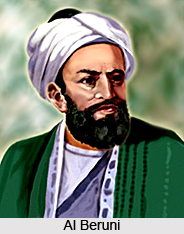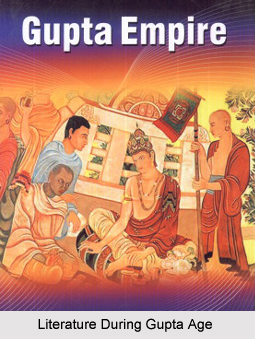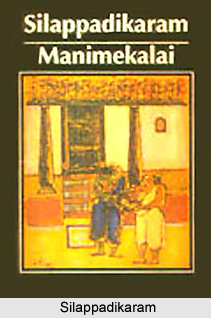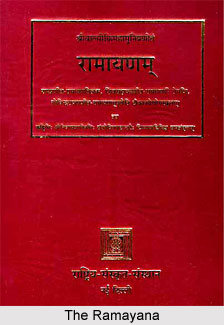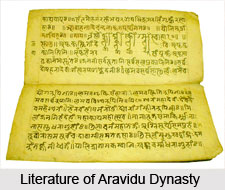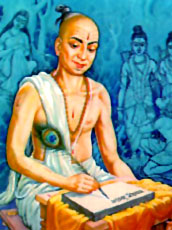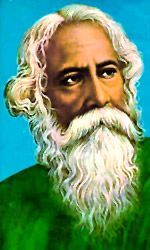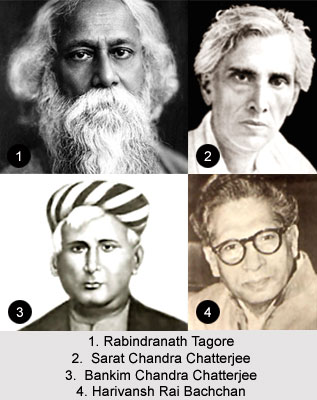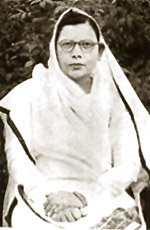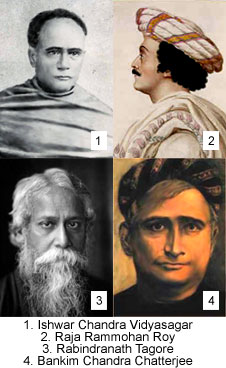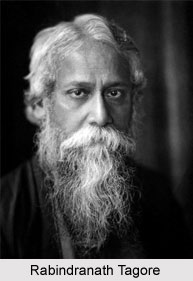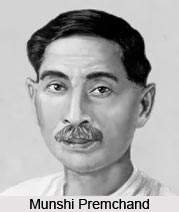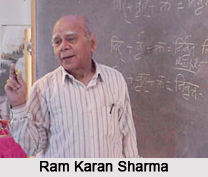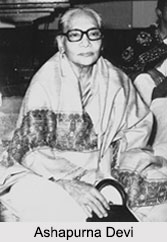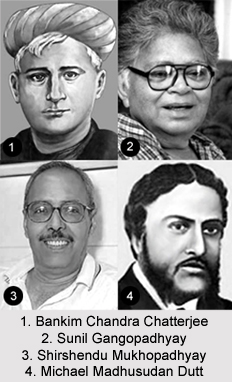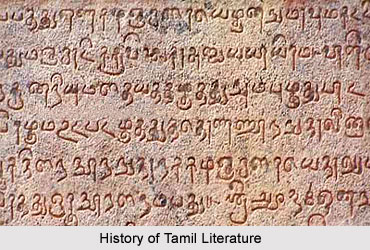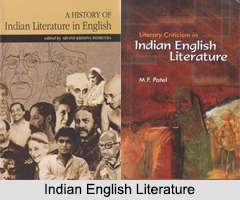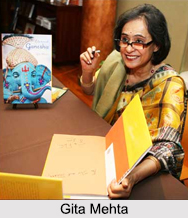 Gita Mehta is a noted journalist turned writer who has nicely portrayed India`s glorious history, culture, and religion. Her books have been translated into thirteen languages and published in twenty seven countries. She was born in Delhi in a famous Odia family. She has produced and directed 14 television documentaries for United Kingdom, European and United States networks. She is also a documentary filmmaker and a journalist.
Gita Mehta is a noted journalist turned writer who has nicely portrayed India`s glorious history, culture, and religion. Her books have been translated into thirteen languages and published in twenty seven countries. She was born in Delhi in a famous Odia family. She has produced and directed 14 television documentaries for United Kingdom, European and United States networks. She is also a documentary filmmaker and a journalist.
Early Life of Gita Mehta
Gita Mehta was born in 1943 in Delhi. She came off a family of freedom fighters; Her father Biju Patnaik was an industrialist, flying ace and the most well-known political leader as well chief Minister of Odisha. She started her career as a journalist. During 1970s she was the television war correspondent for the United States television network of National Broadcasting Company. Her younger brother Naveen Patnaik has been the Chief Minister of Odisha since 2000. She completed her education in India and at the University Of Cambridge, United Kingdom.
Career of Gita Mehta
Gita Mehta started writing to share her varied experiences earned from her political and journalistic background. Most of her writings are based on Indian culture, history and Western perception about it. Her books have been translated into 21 languages and been in the bestseller lists in Europe, United States and India.
In 1979, her first book "Karma cola" was published. It is a collection of interconnected essays through which she portrays her own impression on Indian spirituality and Karmic power. She also mixed Western perception of it humorously. In her first novel "Raj" (1989), she discussed India`s colourful history and culture in backdrop of Indian colonial past. Her famous work "Snakes And Ladder" (1997) is a collection of essays about India since independence. She defines her India through insightful, sharp and often witty eyes. Her film collection of the Bangladesh revolution, Dateline Bangladesh, was shown in cinema theatres both in India and abroad. The theme of both her fiction and non-fiction is completely focused on India, its culture and history, and the Western insight of it. Book works of her include "Karma Cola, Simon and Schuster", "Raj", "A River Sutra", "Snakes and Ladders: Glimpses of Modern India, London, Secker and Warburg", "Eternal Ganesha : From Birth to Rebirth".
Personal Life of Gita Mehta
Gita Mehta now divides her time between New York City, London and New Delhi. She got married with Sonny Mehta who is currently the editor-in-chief at the publishing house Alfred A. Knopf in New York City.
